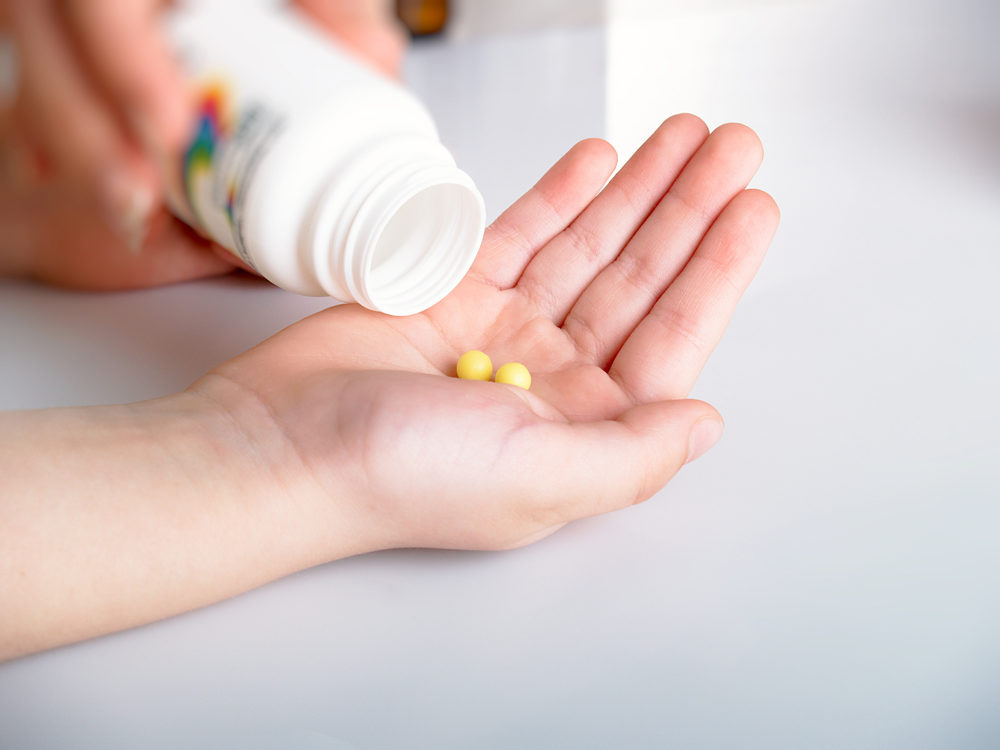Opioid Exposures Increasing Among Teens and Children: Studies

More than one-quarter of high school seniors report that they have used opioid painkillers, both for medical and non-medical uses, according to the findings of researchers from the University of Michigan.
A study published in the April 2017 issue of the medical journal Pediatrics highlights the growing use of opioid drugs among U.S. teenagers, which raises serious concerns due to the addictive nature of the medications.
Researchers focused on national trends of medical and non-medical prescription opioid use among high school seniors between 1976 and 2015. Data was taken from the Monitoring the Future study of adolescents, which included 40 groups of nationally representative samples of high school seniors.

Did You Know?
Millions of Philips CPAP Machines Recalled
Philips DreamStation, CPAP and BiPAP machines sold in recent years may pose a risk of cancer, lung damage and other injuries.
Learn MoreHigh school seniors self-reported medical and non-medical use of prescription opioids. Overall, lifetime prevalence of medical use of prescription opioids peaked in both 1989 and 2002, but remained steady until 2013 to 2015, when the rates began to drop.
While non-medical use of prescription opioids was less common overall, it was significantly linked to use for medical reasons first, researchers found.
Those findings back a study published in 2015, which linked a teen’s future abuse of narcotic painkillers to a prescription from a doctor before high school graduation, increasing their likelihood of abuse or misuse by 33 percent.
Another study, published in the same issue of Pediatrics, indicates that teens may face a greater risk of being admitted to a hospital or having a serious medical outcome if they used opioid painkillers. Their risk was higher than the risk for children ages under 12.
This study looked at data from 2000 to 2015, involving more than 188,000 opioid exposures among children under 20. Data was taken from the National Poison Data System.
The new research also indicated the annual number and rate of opioid exposures increased early in the study, but declined after 2009, with the exception of buprenorphine exposures.
The number of hydrocodone exposures accounted for the largest proportion of exposures, involving nearly 30 percent of the total exposures.
The study indicated buprenorphine exposure increased during the last three study periods. Nearly half of children involved in the study who took buprenorphine needed to be admitted to the hospital. More than 90 percent of buprenorphine exposures were among kids under the age of five.
The rate of prescription opioid-related suicides among teens also increased by 53 percent.
The findings compare to a recent study that indicated opioid overdose hospitalizations involving children have nearly doubled in recent years. Hospitalizations involving younger children increased by 205 percent. Another study concluded more than 3,000 reports involving opioids exposures are received each month at poison control centers across the country.
A study last year warned that the opioid overdose epidemic is straining intensive care units in the U.S., doubling in-hospital deaths from opioid related admissions. These latest studies suggests a significant part of that burden is coming from the injuries and deaths of children.
Get more articles like this sent directly to your inbox.
"*" indicates required fields




0 Comments